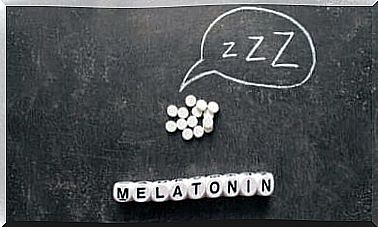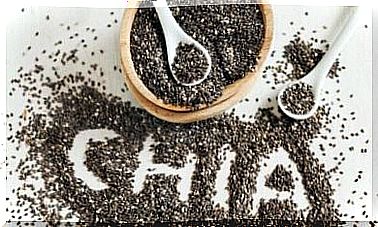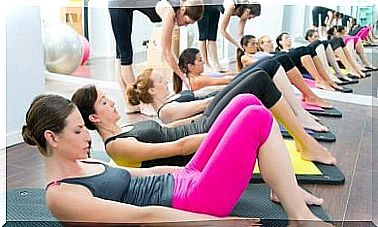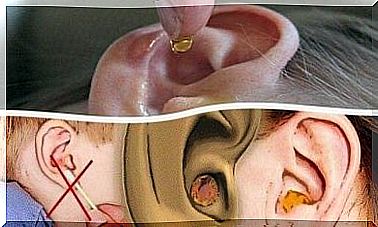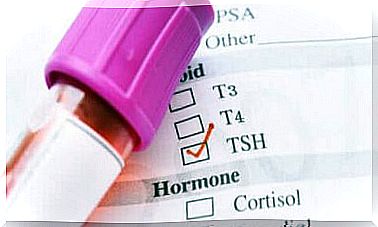How To Combat Fluid Retention
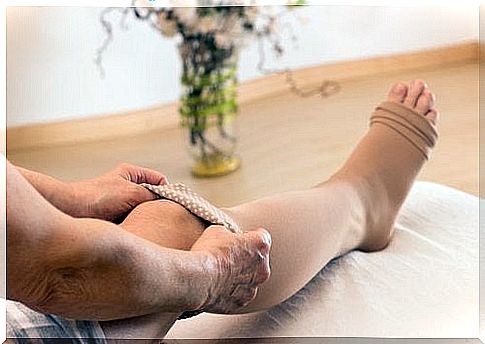
One thing we know about fluid retention is that it is usually caused by a collection of water in the tissues of the body. But in this article, we will tell you how to combat fluid retention and reduce swelling.
What causes this? Usually there is an imbalance between the flow of liquids from one area to another.
One’s body constantly adjusts its fluid level to maintain it in proper proportions.
When you drink more water than usual, the excess is removed through your kidneys in the form of urine. Or it gets sweaty out through one’s skin.
The problem arises when one’s body is unable to get rid of excess fluids. The balance becomes unstable and leads to the so-called fluid accumulation.
Hydration and edema

Being well hydrated and having edema is not the same thing. Edema, or swelling, is a clear sign of water stored inside the body (it is most often seen on the legs).
One’s legs require a strong blood circulation to be able to remove blood properly. And this is where the imbalance usually occurs (for example, if one spends too much time standing or sitting).
Edema is usually triggered by a hormonal situation dominated by estrogen. It can also be due to too much sodium in one’s diet or slow blood circulation caused by a sedentary life.
If fluid retention occurs in the upper part of the body (for example in the arms, hands or even the face), it may be due to kidneys not functioning properly.
In women, it is very common to experience fluid retention during a menstrual period.
The function of the veins
One’s veins are not closed channels, as one might otherwise think. The inside of one’s veins also allows fluids to penetrate in and out.
For several reasons, the mechanism that regulates the flow of fluids does not always work properly. And it can accumulate in certain parts of the body.
Why is this happening? This can be due to several reasons:
- This is typically because one’s veins do not have the consistency they need to retain fluids. It happens when varicose veins occur.
- It can also take place because one has stood up for too long. Then a pressure builds up inside the veins.
Signs of fluid retention

A clear sign of fluid retention is when you press against the skin of your legs and you notice that there is a clear bulge where you have pressed.
One will be able to see some kind of indentation and it will take a second before the skin smooths out again.
If one’s fluid accumulation occurs regularly and one can see visible swelling or irritation, then it is a good idea to talk to a doctor.
They can help one to avoid complications which can be associated with poor blood circulation.
Some tips to combat fluid retention and reduce swelling

- Physical exercise is important when it comes to avoiding fluid retention. The most important thing is that you choose forms of training that do not require great resistance or have a great impact on your muscles.
Physical activity activates blood circulation throughout the body, especially in the legs. It happens through the compression of the muscles against the veins.
Better blood circulation helps fight fluid retention through the urine.
- Support stockings can also help prevent and combat fluid retention. This is especially true for people who lead a sedentary life – either standing or sitting.
- You can put on the socks before you start your daily activity.
- Eating lots of fruits and vegetables is always a good thing for one’s body. The same is true with regard to fluid retention. Among other things, some of these fruits – such as grapes for example – have the effect of removing excess fluids.
- Pineapple, papaya and other fruits that are rich in iodine, such as bananas, melon and watermelon, are very useful choices for one’s diet if one has a tendency to fluid retention.
- To improve the appearance of swollen ankles, one can try to lift his legs up. It can be very helpful to do at different times during the day.
Raise your feet above your knees and keep your knees raised above your hips.
- The clothes you wear should be comfortable. Very tight clothing can make movements more difficult and promote fluid retention.
- You will have to get used to consuming less salt. Although one’s body needs a certain amount of iodine, in larger amounts it can aggravate fluid retention.
- It is a good idea to add herbs and plants that act as diuretic ingredients to its diet. Some good examples can be horseradish, green tea, morning glory tea and the like.
Are you ready to fight fluid retention?
